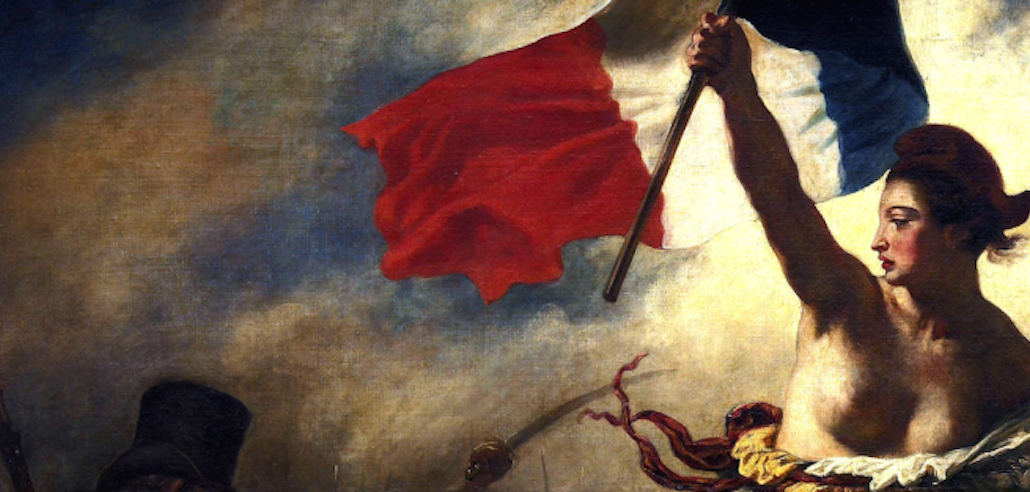
Last month, when The Onion launched ClickHole — a website dedicated to satirizing smarmy viral Web publishers like BuzzFeed and Upworthy — it started using Instagram to promote and distribute stories, a curious tactic given there is no way to click on links embedded in Instagram posts.
ClickHole has circumvented that by updating the link on its Instagram profile page each time it shares a new story. It’s a novel way for a new publication to generate some incremental referral traffic. But it also highlights a fundamental issue for Instagram as it ramps up its advertising efforts: How can a platform determine the effectiveness of its ads if advertisers can’t link back to their own websites?
Supplementing an Instagram ad of, say, a pair Levi’s with a buy button or, at the very least, a clickable link to another website where users can buy that pair of Levi’s would seem a no-brainer. But Instagram has no plans to add an external linking feature to its platform, according to brand development lead P.J. MacGregor. Instagram CEO Kevin Systrom said yesterday in a Fortune interview that the company has considered integrating buy buttons but has no plans to do so.
That leaves Instagram in a strange situation. On the one hand, it is courting brands aggressively, even inking a deal with Omicom that could be worth up to $100 million. But at the same time, it is not providing the most basic of interaction options.
Instead, keeping Instagram entirely self-contained (for now) is integral to both its consumer and ad strategies. The company has been laser focused for the past four years on making photo-sharing as quick and simple as possible. Adding link-sharing could divert from that niche, said an Instagram spokesman. In other words, Instagram isn’t going to make the mistake of most digital advertising and be hostage to the click because there are no clicks to count. Rather, Instagram wants its ads to be the kind of upper-funnel brand images consumers would typically find in a Condé Nast glossy. Adding links to ads would only push them down the funnel, and Instagram does not want to be seen as a direct-response medium, added the spokesman.
It’s a novel strategy that keeps Instagram above the fray of performance-based ad platforms and ad tech companies that constantly vie for efficiency, pushing CPMs downward in the process. Digital media execs — be they from agencies, publishers, brands or trade groups — have for years bemoaned the industry’s obsession with click-through as counterproductive, and Instagram is refraining from contributing to that addiction.
How this tack will resonate with metrics-focused marketers remains to be seen, however. Instagram is currently trying to determine the metrics by which it will judge the effectiveness of ad campaigns. Mercedes-Benz is looking at “dwell time,” the amount of time a user looks at an image, and the number of new followers for the @mbusa account to judge the effectiveness of its current Instagram ad campaign.
Determining Instagram ad KPIs is a major part of the ad buying commitment agency holding company Omnicom made with Instagram. That deal, which promises at least $40 million in ad spend, could ultimately be worth $100 million if the ads perform to Omnicom’s liking (once both parties agree on how to judge those ads).
“We are working hand in hand with them to develop KPIs that satisfy two goals: They’re consistent with and additive to the IG user experience, and will deliver on client objectives,” Ben Winkler, chief digital officer at media agency OMD, part of Omnicom. “Instagram is not about clicks, but neither are our clients.”
Sean Muzzy, North American CEO of Neo@Ogilvy, Ogilvy’s performance marketing arm, said not being able to track click-through rates on Instagram wouldn’t necessarily preclude his agency from buying ads there but would require a costly “customized measurement plan.”
Refraining from adding link-sharing to Instagram appears to be integral to Instagram’s current functionality, but it may be missing out on a potentially popular new feature. IKEA was so eager to make its Instagram photos clickable that it hacked together a de facto Instagram “website” by creating individual accounts for different items and tagging those accounts in certain product photos. Onion president Mike McAvoy said Instagram has generated thousands of referral pageviews in a month. While less than the millions from Facebook, the number would likely be higher if ClickHole didn’t have to resort to an inconvenient work-around.
More in Media

Publishers revamp their newsletter offerings to engage audiences amid threat of AI and declining referral traffic
Publishers like Axios, Eater, the Guardian, theSkimm and Snopes are either growing or revamping their newsletter offerings to engage audiences as a wave of generative AI advancements increases the need for original content and referral traffic declines push publishers to find alternative ways to reach readers.

The Guardian US is starting its pursuit of political ad dollars
The Guardian US is entering the race for political ad dollars.

How much is Possible’s future in Michael Kassan’s hands?
Some people in the know at Possible said they see the conference taking a bite out of Cannes’ attendance, most acutely by U.S.-based marketers who could save money by staying on this side of the Atlantic.





